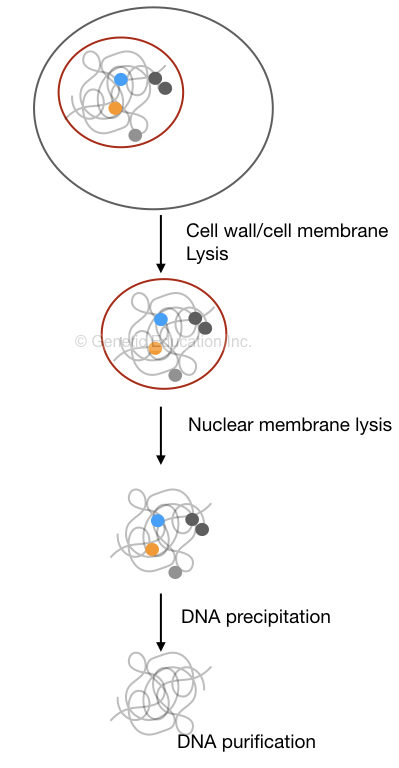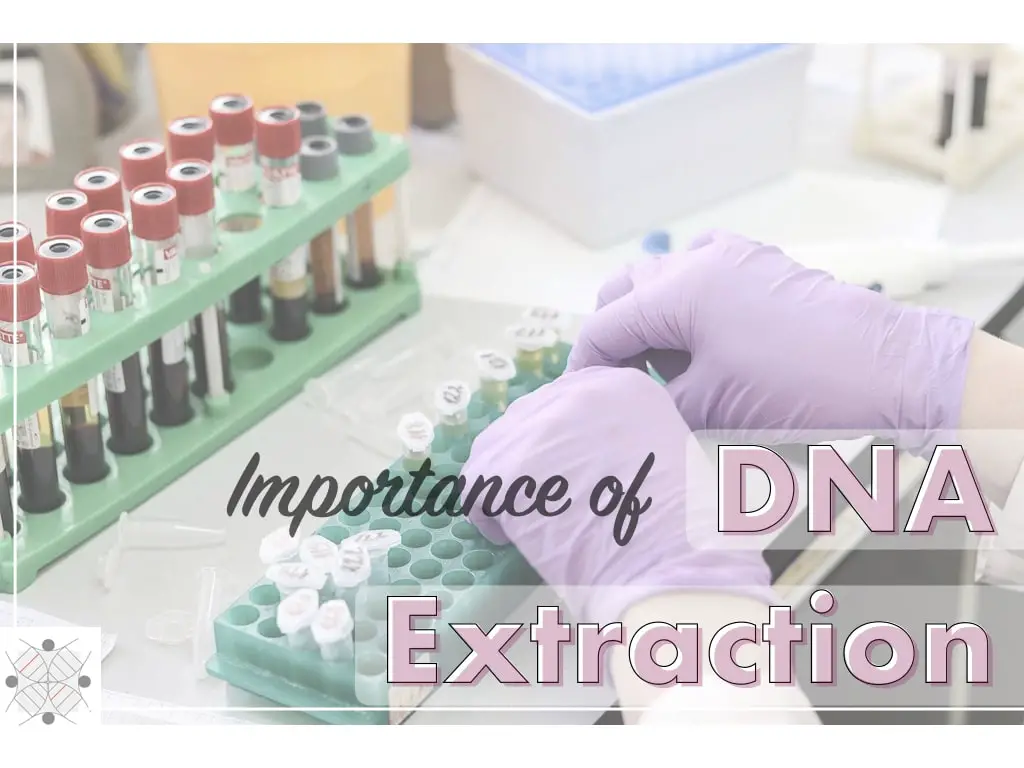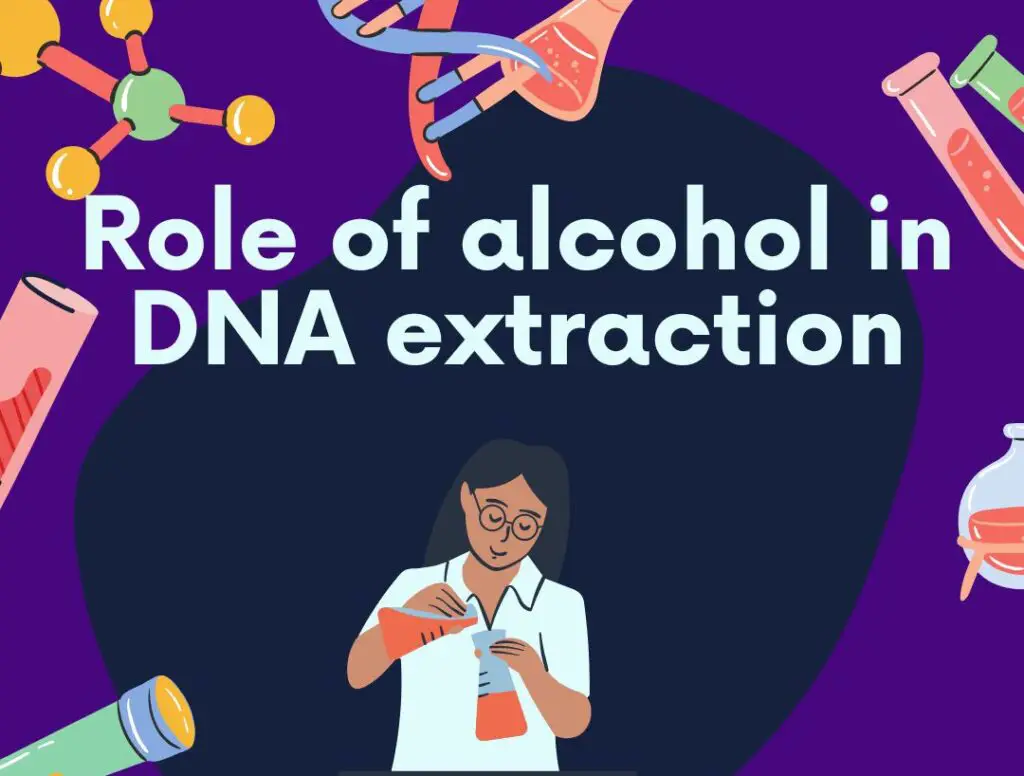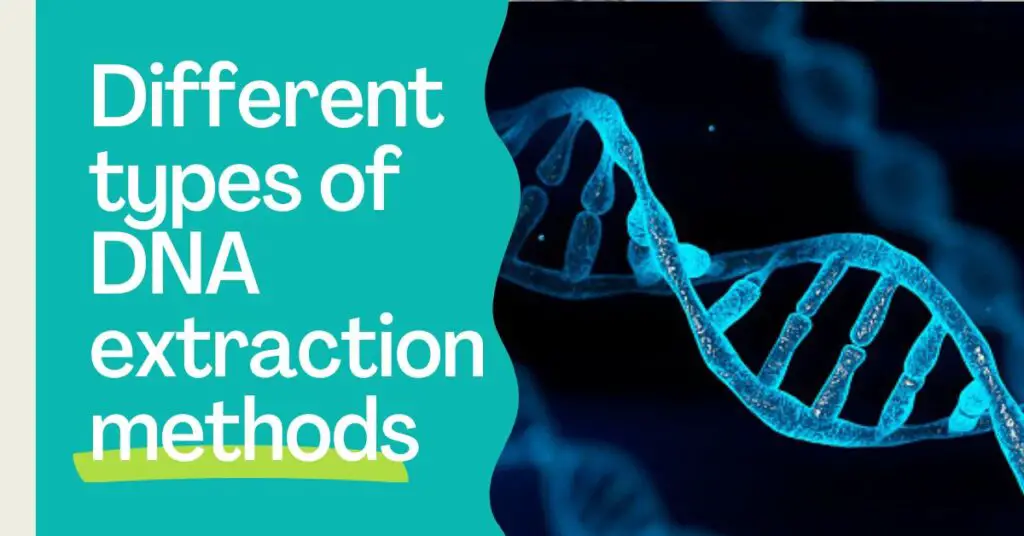“Pure DNA is an utmost requirement for any downstream assays and allows scientists to study genes or DNA sequences.”
This article is perhaps essential for high-school students. Because when their DNA extraction journey starts, the first question they have in their minds is why? Why is DNA extraction important? Why do we have to do it?
Let’s understand in layman’s terms.
DNA extraction is a processing to isolate only “nuclear DNA” from a cell by chemical treatment. Primitively, we have to remove all cell components other than DNA which are proteins, lipids and other debris, to achieve DNA isolation. In the final phase, the DNA is precipitated in a visible form, washed to clean and eluted in the buffer.
Unfortunately, historical milestones demonstrate that the first DNA isolation endeavor wasn’t for the sole purpose of getting the DNA. In 1869, Mischer F accidentally collected nucleic acid which later on got its original name from one of his students.
Again, sadly, the applications of isolated DNA remained unknown at that time and such a milestone-historical event didn’t gain much recognition.
Later on, as advancements in genetic science occurred in the 19s, scientists realized that to understand the fundamentals of life, how a cell works, how genetic foundation and heritability support life and how genetic disorders occur, they need DNA.
After the mid 19s which was the era of discoveries of the molecular structure of DNA, DNA isolation gained real-world recognition, however, the industry bloomed after the discovery of PCR amplification.
The PCR entered the diagnostic industry because of its tremendous power to identify genetic disorders. A DNA sample is amplified in the PCR and by using disease-specific sequence primers, certain sequence variations can be identified, associated with a genetic condition.
Failures in amplification taught scientists that pure and high-yield DNA must be required to perform such assay and other downstream techniques, accurately.
Key Topics:
Importance of DNA extraction:

DNA extraction is required to get a considerable amount of copies of a particular sequence or gene by amplification. It is needed in the industries like inherited disease screening, microbial identification, disease diagnosis, genetic screening, DNA fingerprinting, STR typing, and DNA or gene testing, maternal testing, criminal investigation and plant genetic studies.
The importance of DNA extraction in various industries is enlisted here.
- In various DNA tests like STR typing, DNA fingerprinting, plant fingerprinting, criminal verification, paternal verification, maternal verification, ancestry tracking test and other relevant tests.
- In medical science, to screen and identify a genetic disease, condition or disorders like thalassemia, sickle cell anemia or Huntington’s disease, etc. It is often required in the diagnosis of infectious disease.
- In microbial science for pathogen and microbe identification, classification and various other studies.
- In genetic, microbial and biotechnology research for genetic engineering, recombinant DNA technology, gene cloning and gene therapy research.
- In assays like real-time PCR, PCR, restriction digestion, DNA sequencing and DNA microarrays.
- In other diverse fields such as hormone studies, vaccine studies and development, ancient DNA studies, pharmacogenetic studies and food industries.
- In un-relevant fields like environmental studies and animal migration.
This field preliminarily requires pure and high-yield DNA to solve different purposes. In addition, DNA extraction allows us
- To study a DNA sequence,
- To study a gene
- To study a genetic variation(s) viz SNPs, insertions, deletions and copy number variations (at the DNA level).
- To study the system of an organism.
- To study how different receptors, hormones and enzymes work.
- To study how different receptors, hormones and enzymes synthesize.
- To study a genetic condition.
- To study the prognosis of diseases like cancer.
Fascinatingly, it often enables scientists to understand, study and control epidemics and pandemics, outbreaks of the disease and to develop preventive strategies and management measures.
For instance, I and my team were involved in the H1N1 epidemic outbreak research. We found a new antiviral resistant strain having a unique SNP which helps the influenza strain to invade vaccine or drug response.
We extracted DNA, found a sequence variation and sent it to the client. That actually helped them to find another alternative immediately during the pandemic as a drug or therapy and also helped to restore the efficiency of the target drug thereby eliminating the newly developed resistant H1N1 strain.
There are numerous COVID studies that were also conducted which helped a lot during the recent pandemic. This all happens because we have managed to isolate pure DNA.
Opportunity to expand your knowledge:
Hey, I’m Dr Tushar Chauhan an expert in genetics and molecular cytogenetic technologies. I have a decent experience and expertise in various relevant techniques. I have prepared an ebook on DNA extraction, electrophoresis and PCR, named DNA extraction to PCR.
You can purchase from this link if you want more knowledge, hands-on experience, and standard protocol. It will benefit you in your DNA extraction endeavors.
Wrapping up:
DNA isolation or extraction is a crucial intervention in genetic and genomic studies. Everything starts here. Conclusively, by DNA extraction, we can obtain pure DNA to study and understand life on earth.
If you wish to learn more about DNA extraction, we have prepared an entire series on it. Those articles are comprehensive and contain all the necessary information regarding each technique. You can explore more by visiting this category: DNA extraction.


